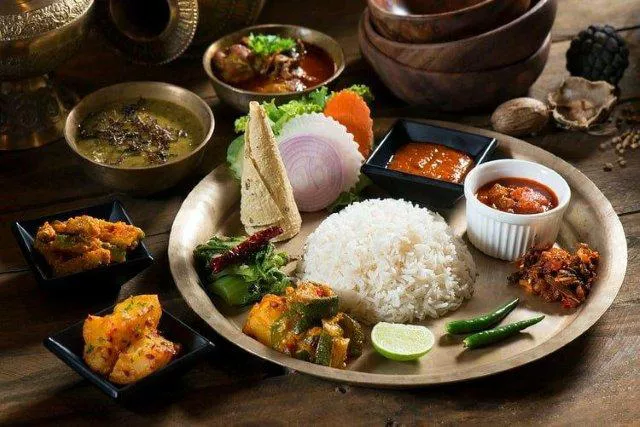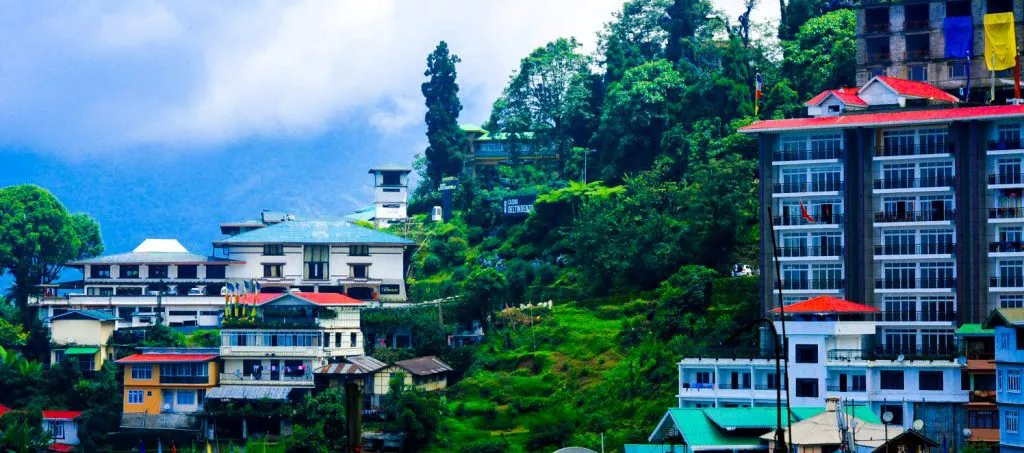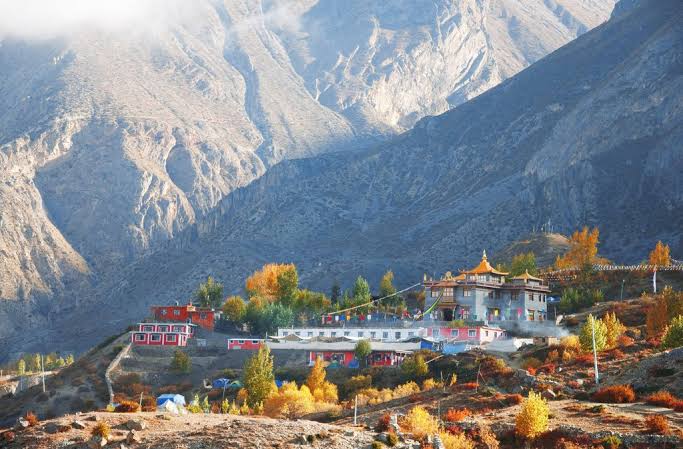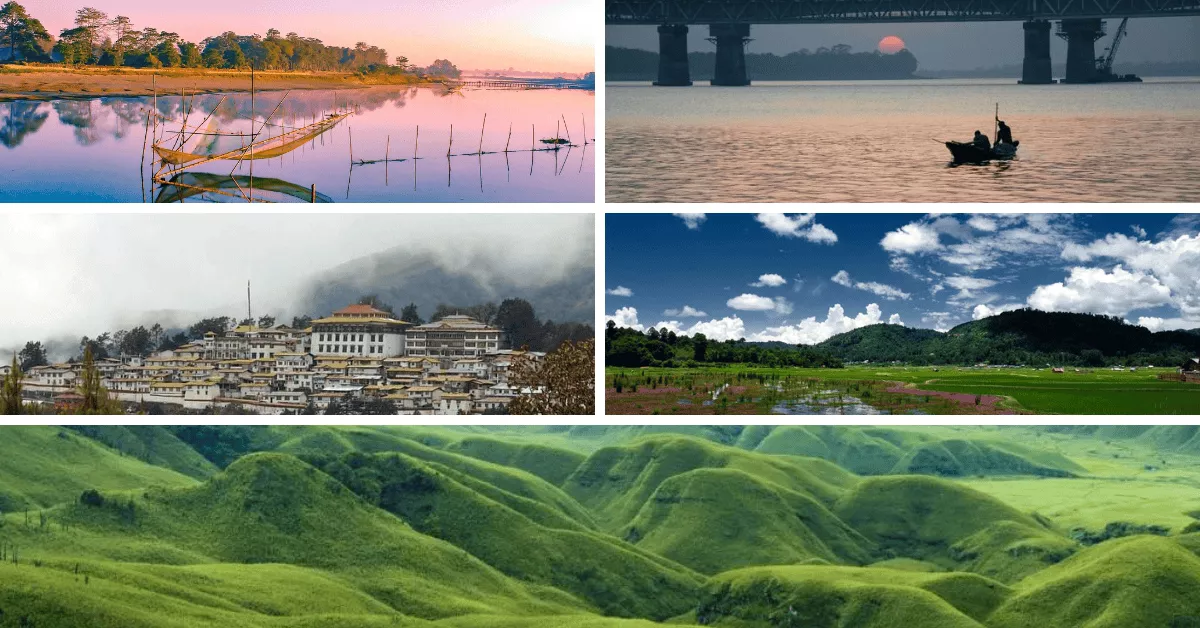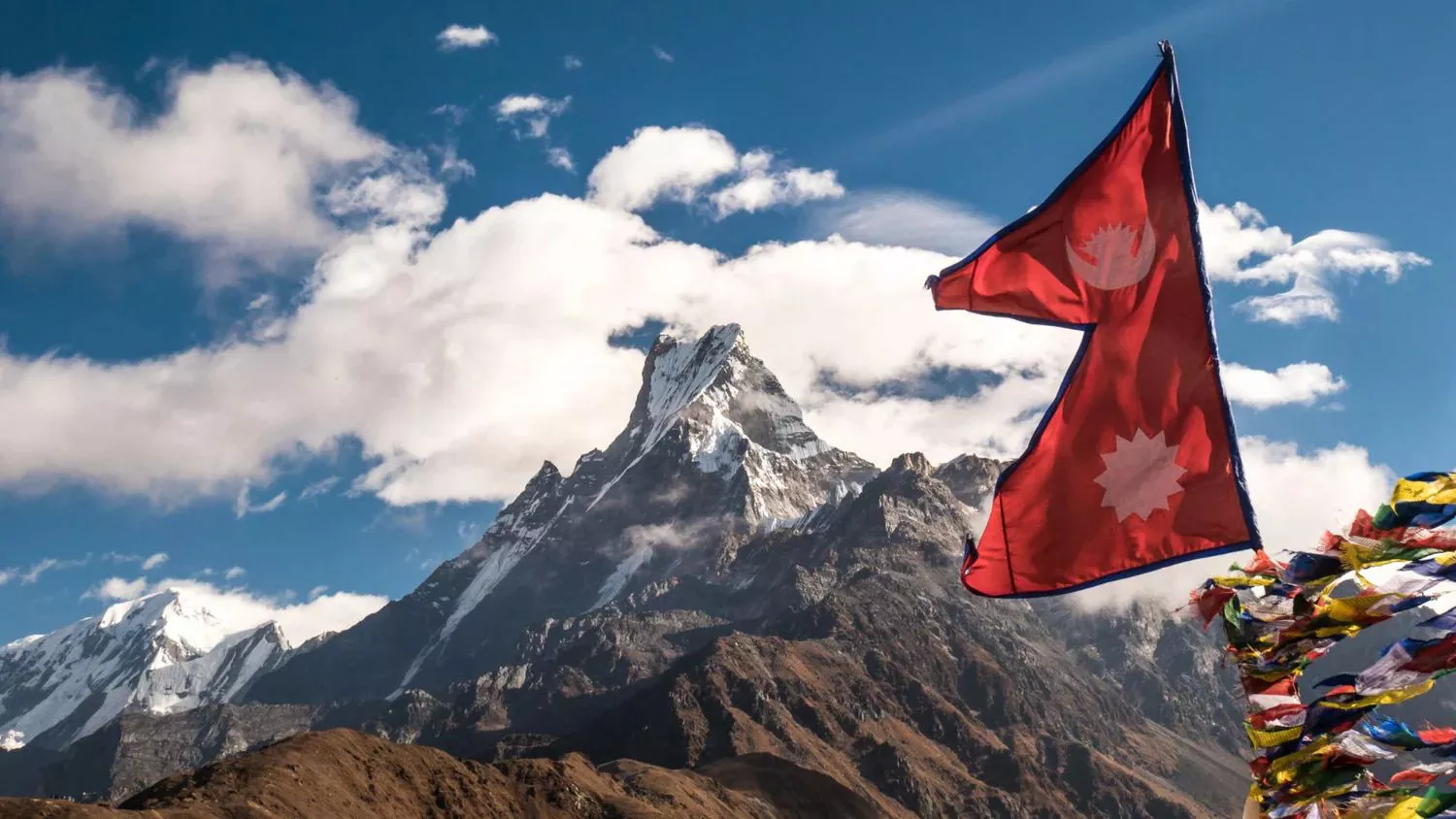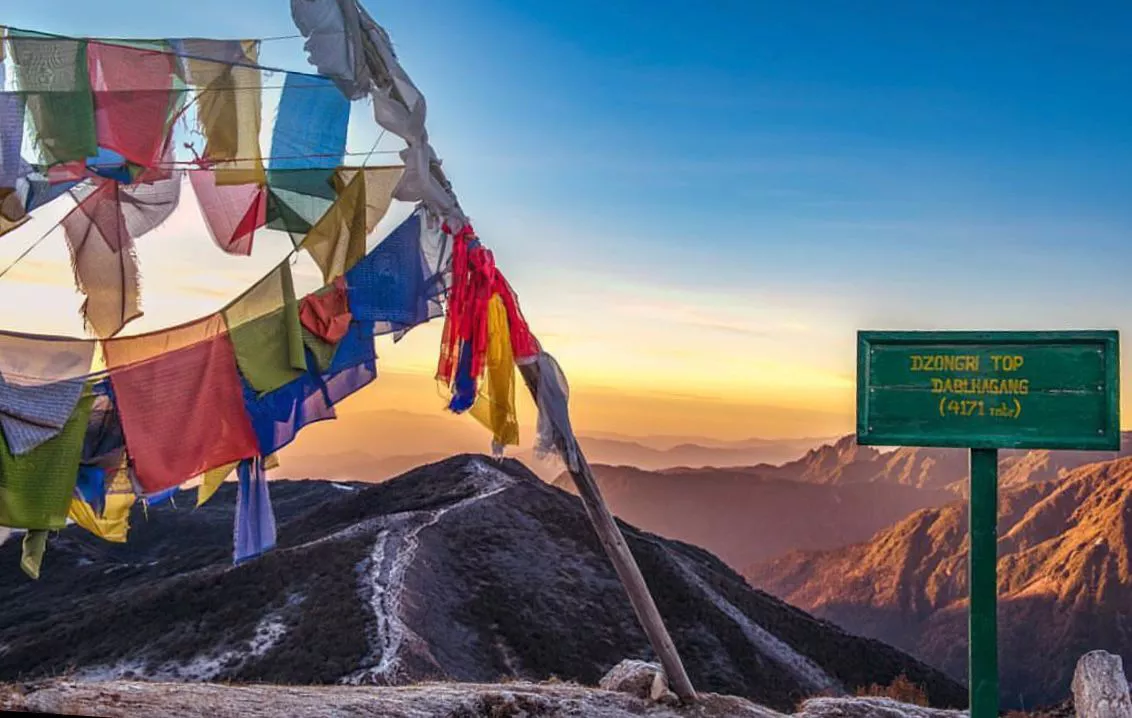
Salt or Thum as it is locally known in Manipur was mined and processed in the northern parts of Tangkhul regions especially north of Longpi at Kalhang, Marem and Maremphung. In the olden days before the modern processed salt became common, the Tangkhuls use to go to these villages to collect salt. The overnight halt use to be at Longpi, which is located almost mid way to these villages from Ukhrul. At Longpi there use to be trade between the villagers from Ukhrul and the salt makers from Kalhang and other villages, this gave the name to the place Longpi which in local dialect means group lodge. Traders and travelers use to be treated as guest at the houses of locals.
Kalhang – Marem region is rich in natural saline springs, with high salinity and mineral content in the water. The salt processed from these springs was rich in mineral content and was also considered to have medicinal value, and in general good for health. This salt was used as medicine for treatment of some diseases even. Even today the locals prefer usage of the local salt over the common salt.
The production of salt in this region is similar to salt production anywhere in the world. Collect saline water and evaporate the moisture to get the salt crystals. In Kalhang water from these springs is collected and then the water content is evaporated by boiling the water for more than 24 hours. It sound simple but the process is laborious as it requires quite a lot of firewood which needs to be collected and carried manually. More over the water with high salinity content is found normally at a depth of 20 to 30 feet deep. These factors and easy availability of common salt has resulted in lower production of local salt. Yet salt production till date is one of the major source of income for the locals in the villages of Kalhang and Marem. The salt cones in round slabs of approx a kilogram.
